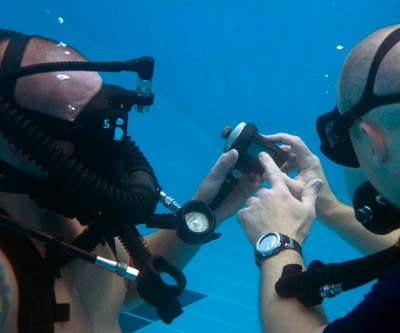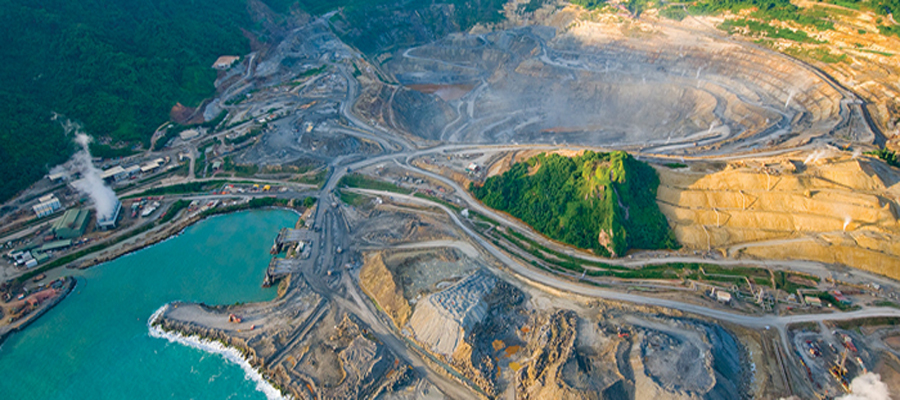Seabed miner Nautilus handed breathing aid: $40 million after shares sale

Canadian Nautilus Minerals (TSX: NUS), (OTCQX: NUSMF) announced Wednesday it now has Cdn$40 million in its pocket to keep up its plans of mining the deep blue frontier.
The company, the first yet not the only one exploring the ocean floor for polymetallic massive sulphide deposits, said in a statement the money injection came from the successful closing of its rights offering through the issuance of 200,000,000 common shares at a subscription price of Cdn $0.20 per common share.
CEO Mike Johnston said it was “very encouraging to see such a high level of support for the company from its existing shareholders,” adding that the net proceeds from the offering will be used to continue funding Nautilus’ three key current contracts related to the Seafloor Production System.
Johnston believes those deals will help Nautilus to be “in the best possible position” to advance its flagship Solwara 1 gold, copper and silver project, located in Papua Guinea’s Bismarck Sea.
So far the seabed miner has spent nearly $80 million on exploration programmes on the Solwara 1 since granted a mining lease in January 2011, following the environmental permit received in Dec. 2009 from the PNG government.
But the firm has been swimming in choppy waters ever since. On top of the ongoing critics from environmentalists and the marine biologist community regarding the possible consequences of its Solwara 1, the company has been locked in a dispute with the government of the South East Asian nation since June 2012 over ownership of the project.
Nautilus recently said the hearing date for the arbitration started by New Guinea against the firm has been set down for August 26.
Meanwhile, PNG community groups increased their pressure on the government Wednesday, demanding authorities to impose a moratorium on all experimental seabed mining immediately, reports Radio New Zealand.
The move comes on the heels of neighbouring Vanuatu announcing Monday it would apply a precautionary principle and, as a result, no seabed mining will be allowed until the full environmental impacts are understood.
Governments join the race
While Nautilus was the pioneer of underwater mineral exploration, now several governments and companies are busy snapping up exploration and mining rights to vast tracts of the ocean floor in international waters, with these rights administered by a UN body called the International Seabed Authority (ISA).
Neptune Minerals, a US company, holds licences for Vanuatu, the Federated States of Micronesia and New Zealand. Since 2005 has been exploring massive seafloor sulphide deposits that may yield lead, zinc, copper and rare earths along the Kermadec Arc. Belgium’s G-TEC Sea Mineral Resources, backed by their government, has also signed an exploration licence with the ISA for the central Pacific.
And there is renewed interest in the Clarion Clipperton Zone, where the US salvaged K-129. In March the Guardian reported that British Prime Minister David Cameron wanted to “put Britain at the forefront of a new international seabed mining industry that could be worth £40 billion ($74 billion) to Britain’s economy over the next 30 years.”
Image by US Navy via Flickr
{{ commodity.name }}
{{ post.title }}
{{ post.date }}

Comments